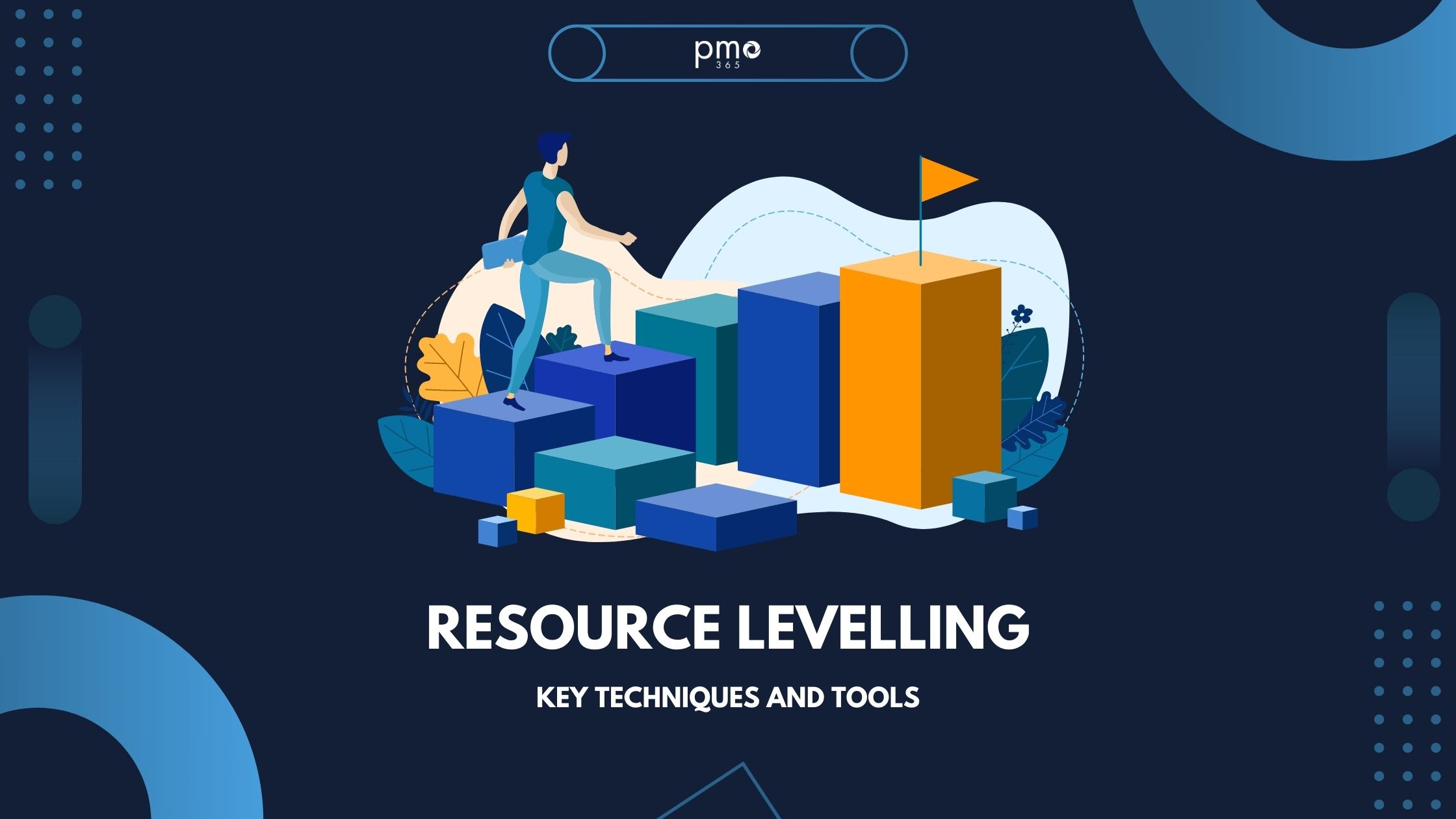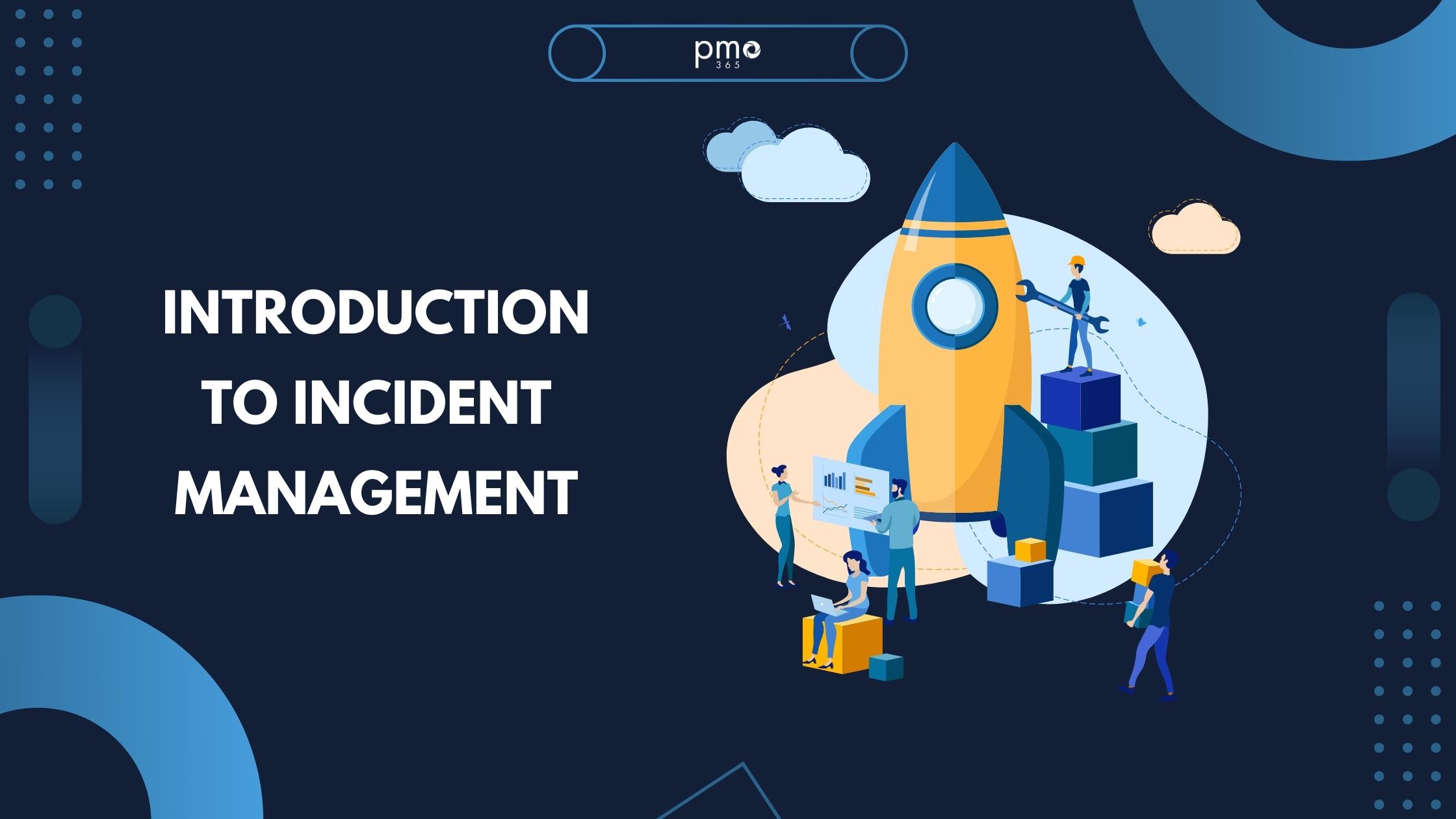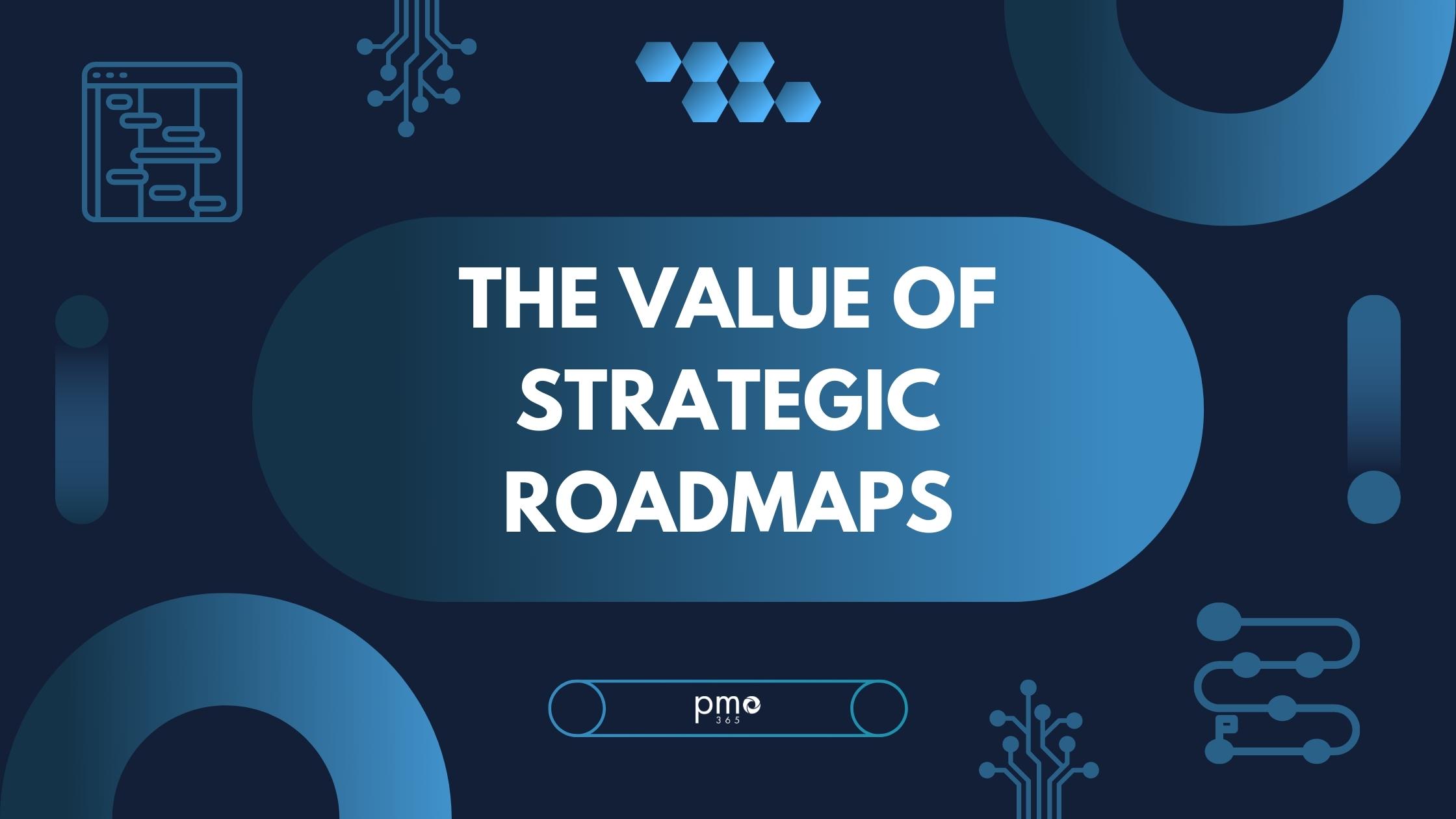Project roadmaps are visualised, high-level overviews of your project’s core tasks and progress. The aim is to provide a concise overview of a project with an easy to understand document. As projects become more complex and fast-paced, project teams need a way to quickly grasp the condition and progress of their projects. But a project roadmap helps your teams do so much more.
This article is a continuation of our series on roadmaps. Be sure to follow the hyperlinks to learn more about different types of roadmaps.
What are Project Roadmaps?
Starting and managing a project is no easy task. Project roadmaps assist project teams by documenting important information including:
- Milestones
- General timelines
- Expected deliverables
- Dependencies
- Resource allocations, and
- Key contacts related to the project.
Project roadmaps often have a start and end date that allows teams to organise projects into distinct phases. These typically follow the phases of the project lifecycle to help compartmentalise the many tasks that comprise a successful project. Project roadmaps have varying degrees of detail, depending on the type of project and the information being communicated.
What makes project roadmaps such a valuable tool is they to simplify communication and keep track of project progress. They also help prioritise tasks according to the project’s objectives.
What Project Roadmaps are not
While project roadmaps can be a central document, it is important to differentiate it from other project management documents and tools. Some objectives and features may overlap but project roadmaps should not be mistaken for the following:
- Project plans: A project plan is often built off the back of a proper product plan. It contains extensive detail that would either be excessive or irrelevant to the stakeholders looking at the project roadmap.
- Project charters: A project charter is a documented outline of the project in its entirety. They share similarities with project roadmaps, but roadmaps typically cater to a wider audience and are more visual.
- Product roadmaps: A product roadmap is a more open-ended document. It typically focuses on feature developments through each iteration of a product. They also tend not to have definitive start and end dates like project roadmaps.
- Project backlogs: A project roadmap does include deliverables. Instead, it presents them in a visual form rather than as an itemised list.
Project roadmaps give many different stakeholders a bird’s-eye view over projects. They can be altered to suit the specific audience, but they are meant to relay the most essential information in a single glance. They exist to cut down the need for excessive reporting and long-winded meetings. Therefore, they are aimed at optimising and streamlining rather than providing detailed information. Check out this post for a detailed guide to roadmaps.
Benefits of Project Roadmaps
There are plenty of benefits from utilising project roadmaps, these include an ability to:
Streamline communication and improve collaboration
Project roadmaps give the viewer an accurate understanding of the overall project progress and condition immediately. It brings everyone onto the same page without having to explain or re-hash past progress. This is particularly useful in improving collaboration with other teams and stakeholders. It means they can easily be brought up to speed with access to the project roadmap without reports or briefings.
Manage stakeholder expectations
Without a clear way of visualising the entire project, stakeholders can often become prone to micromanaging projects. They may disrupt team workflows because they do not have a clear understanding of the overall project timeline, priorities, and progress. Project roadmaps easily fill in the gap to let stakeholders clearly see where teams are at. At the same time, it makes evident how different changes will impact the project as a whole. This is critical to managing stakeholder expectations when projects change and morph as the market evolves.
Enable proper task prioritisation
When project objectives and dependencies are clearly mapped out, teams can easily identify the tasks that contribute the most. When new variables arise, the product roadmaps provide a realistic understanding of the impact of changes.
Support strategic planning
When paired with a real-time tool, project roadmaps display project progress and value in the present and future. This allows key decision-makers to view different projects within their portfolio on a higher level. Then, they can make strategic decisions on the best opportunities to increase value for the organisation. Without this view, organisations could be making decisions based on half-baked information. Or worse, they can miss critical opportunities to maximise resources within their organisation.
Key features of a project roadmap
While every roadmap will be slightly different, the typical project roadmap will feature these elements:
Schedule overview
As project roadmap will feature an overview of the project schedule in the form of tasks and project timelines. This can be further organised into different phases that help break down the timeline. These chunks are typically aligned with the project lifecycle.
Milestones
Milestones are specific points within the project life cycle that are predefined to measure the progress of the project. It is often triggered by the completion or initiation of certain tasks within the project. Milestones help demarcate progress throughout the project. Thus, they make it easier for other collaborating teams and stakeholders to grasp team progress.
Dependencies
Dependencies show how different tasks are interrelated and visualise the necessary sequencing required. This visualisation can assist in optimising and streamlining project processes. With the help of simple lines that describe the various task relationships, teams can easily understand and prioritise tasks.
Clear deliverables
Any successful project start with a clear definition of the project deliverables. Teams need to know exactly what is expected of them and when the deliverables are expected. Within the project roadmap, various deliverables will be highlighted throughout different stages. So, all relevant stakeholders can visualise the immediate value that is being delivered by the team at present.
Tasks and assignments
The typical Gantt-style roadmap, tasks and assignments as represented as a singular bar with a defined start and end date. It outlines the different requirements for the task to be completed. In addition, it outlines the different resources and individuals assigned to the task itself. Task progress is often represented through a percentage completion bar that is linked to the deliverable produced in the tasks. By assigning each task to the right people, teams have a clear understanding of the roles and responsibilities within the overall project.
Risks
Though a more integrated feature, risk management is a critical part of effective project management and making stakeholders aware of relevant risks is important for stakeholder management and project success. A proper project roadmap tool will be able to integrate your risk management tools and practices such as RAID logs and risk breakdown structures.
Resource allocation overviews
By defining timelines and assigning tasks to the relevant individuals, teams can get an overview of their overall resource allocation needs and expectations. When integrated with your resource management tools, a project roadmap should be able to highlight spaces where resources may be overallocated or underutilised.
Time-phased view
For project roadmaps to be truly accessible and understandable for all relevant stakeholders, they need to have the capacity to show different time frames. For the project team itself, having a daily and weekly view allows them to understand the most immediate tasks that need to be accomplished at any given time. Higher-level decision-makers may require a more long-term annual perspective to be able to make strategic long term plans.
Project roadmap best practices
With the right project roadmap tool, project road mapping can be a rather simple and intuitive process. However, this does not mean the tool solves all your problems. Teams can often make some basic mistakes that stop them from fully utilising their roadmaps. Here are some best practice tips that help you make the most of your project roadmaps
Build a project roadmap before the project plan
Project plans and project roadmaps are two similar but distinct documents. A project roadmap offers you a strategic overview of the project while a project plan defines the tactical details. While it is often tempting to jump straight into project planning, gathering all the data, making calculations and estimation, it can often become complicated without a proper framework.
Additionally, project roadmaps can also save teams valuable time and effort when making proposals. Instead of expending valuable resources on a plan that may or may not be approved, a general roadmap can give key decision-makers the overview they need to first justify and approve the project before it goes any further.
Continuously update your roadmaps
A project roadmap is a living document and finds its value in being as accurate as possible. While an integrated and automated roadmap tool can help lessen your updating activities, teams still need to keep a watchful eye over their tasks, objectives and deliverables or they can run the risk of suffering from project scope creep. If the information is left unmanaged, the roadmap can quickly become unreadable for different stakeholders and defeat the very purpose of its existence. Make sure to spend time monitoring and updating your project roadmaps to make sure they are clear, concise, precise and relevant to all stakeholders.
Do not put in too much information
As mentioned above, project roadmaps are all about simplifying reports and streamlining communication. It can be tempting to add all the project-related details in a single document but that diverges from the very purpose of the roadmap. Teams can use other project management tools and documents such as project charters and backlogs to dive deeper into project details but an effective project roadmap has just the right amount of information that is relevant to various stakeholders.
Share it with the right people
The project roadmap is a valuable stakeholder management tool and surveys of project professionals have ranked stakeholder management as the most valuable PPM process. Project roadmaps are specifically made in visual graphical forms so they can be easily understood and shared with different people. If you are not giving people access to your roadmaps, you are missing out on reaping the benefits of proper stakeholder engagement.
Learn more about roadmaps with pmo365
Our team knows that roadmaps are valuable tools for any organisation. That is why we spend a lot of time helping project management professionals make the most out of their PPM roadmaps. Be sure to follow this series through our blog and read more about the next type of roadmap, product roadmaps, here.













